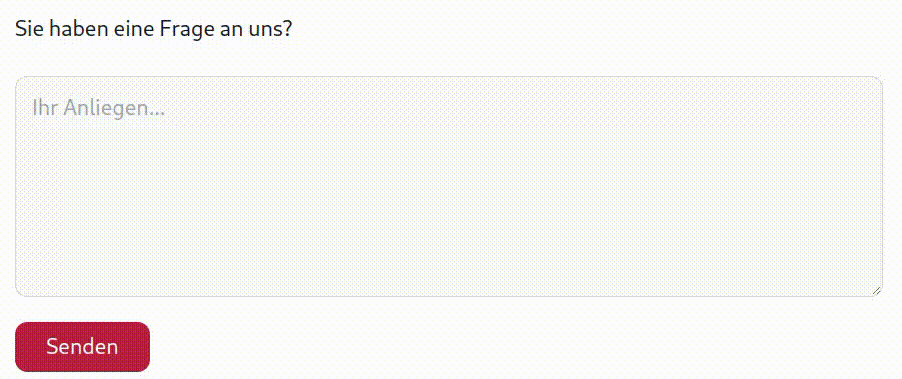taggy
taggy is developing an open front-end tool that enables the automatic recognition of contexts and assigns suitable tags.
Open Semantic Tagging
taggy is an open front-end tool that recognizes context and automatically assigns appropriate tags to texts. For example, incoming inquiries from contact forms, blog posts or other editorial content can be automatically categorized correctly.
As a lightweight frontend library, taggy can be quickly and easily integrated into existing web systems in order to subsequently take over the normally laborious task of tagging.
The Open Source Solution
Problem
Tagging content in web-based editorial systems, i.e. assigning content to a selection of topics, has not developed properly in recent years. Many still tag manually and have problems with large amounts of data.
Idea
taggy is a standard component for web-based, smart tagging, as an extension for common front-end technologies and CMS platforms. taggy recognizes what content a text contains and what the main topic is, without (paid) external services and interfaces.
Solution
As a freely available web component, taggy is simply integrated into the existing web system and fed with an existing glossary (list of keywords). Then taggy is immediately ready for use to assign any incoming texts to the correct topics.
Example
Assign form input by your users automatically to the right internal tracks:

Fellows of the project
Johannes Busching
Johannes originally comes from the media industry and combines this background with his know-how as a computer scientist. The main topics are the machine processing of language (Natural Language Processing), automatic classification/keywording of content and the evaluation and (re)utilization of audio material.